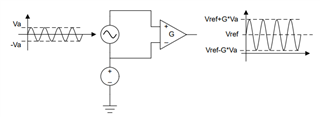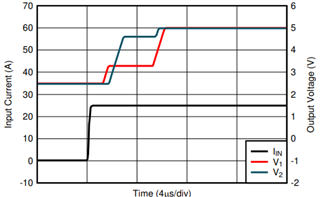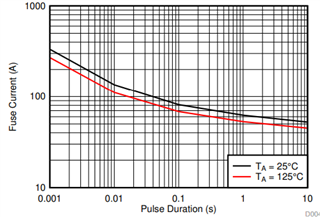Hello.
I need to organize the protection of power devices (triacs) from a short circuit of heating devices (heaters). There are many heaters, 3,6,9 or 12. The power of each is 3-3.5 kW. I thought to put shunt resistors to ground, but with a resistance of 0.1 ohms, a power dissipation of 23 watts is obtained. It's too much, of course. If the shunt is set to 0.01 Ohm, then 2.3 W, it seems to be nothing, but the voltage from it will be only 0.15 volts of alternating voltage, which must also be turned into a constant one, and the rectifier diode will not help. He will eat all this low voltage, as you understand. Maybe you need to put an amplifier for this voltage? I’m already silent that now all the heating elements are turned on by a triangle (220/380 V), here the shunts will not help either. I can put heating elements on 230 volts with a neutral wire, as I wrote above, but this will increase the triac currents and the reliability of the heating elements. And putting 6, 9 or 12 current transformers will be quite expensive. Can you direct my thoughts in the right direction? Does TI have solutions?
-
Ask a related question
What is a related question?A related question is a question created from another question. When the related question is created, it will be automatically linked to the original question.




